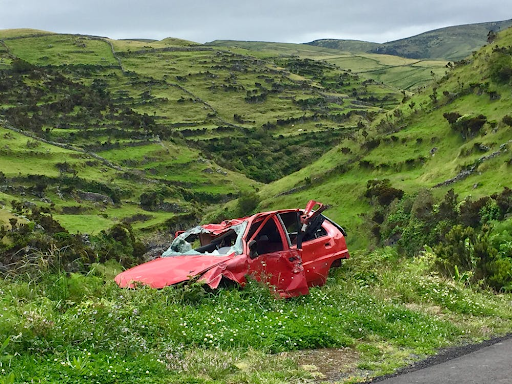 The bustling streets of Los Angeles are a mosaic of diverse cultures, iconic landscapes, and, unfortunately, a high rate of car accidents. As one of the most car-dependent cities in the United States, Los Angeles presents a unique challenge in terms of road safety. This challenge has been met with many innovative car safety features over the years. The evolution of these features is not just a tale of technological advancement but also a crucial factor in shaping the city’s accident rates.
The bustling streets of Los Angeles are a mosaic of diverse cultures, iconic landscapes, and, unfortunately, a high rate of car accidents. As one of the most car-dependent cities in the United States, Los Angeles presents a unique challenge in terms of road safety. This challenge has been met with many innovative car safety features over the years. The evolution of these features is not just a tale of technological advancement but also a crucial factor in shaping the city’s accident rates.
Car safety has undergone a radical transformation since the early days of the automotive industry. From rudimentary designs that offered minimal protection to sophisticated systems that protected passengers during accidents and actively prevented collisions, the journey has been long and impactful. In this post, we’ll explore how these car safety features advancements have influenced Los Angeles accident rates.
The Early Days: A Focus on Passive Safety
The initial phase of car safety development focused predominantly on passive safety features. These are the features designed to minimize injury in the event of an accident. Seat belts, introduced in the 1950s, are a prime example of passive safety features. They marked the beginning of a new era in car safety, fundamentally changing the dynamics of passenger protection during collisions.
However, the emphasis remained largely on mitigating the effects of accidents rather than preventing them for decades. As cars became faster and more common on the roads of Los Angeles, the city witnessed a surge in accident rates, prompting a need for more proactive safety measures. This rise in accidents, often attributed to various car accident causes, highlighted the limitations of passive safety features and paved the way for more advanced technologies.
A Shift to Active Safety Systems
In response to the growing concern over road safety, the automotive industry shifted its focus to active safety systems in the late 20th century. These systems aim to prevent accidents before they happen. Anti-lock braking systems (ABS), electronic stability control (ESC), and traction control are prominent active safety features that became standard in vehicles.
Introducing these features marked a significant turning point in the history of car safety. They gave drivers better control over their vehicles, especially in challenging driving conditions. This shift had a noticeable impact on the streets of Los Angeles, where diverse weather conditions and heavy traffic often contribute to precarious driving situations.
The Digital Revolution: Smart Safety Features
The dawn of the 21st century brought the digital revolution in car safety. Advanced driver-assistance systems (ADAS) powered by digital technology began to emerge. Features like automatic emergency braking, adaptive cruise control, lane departure warnings, and blind spot detection have become increasingly common.
These smart safety features represent a new frontier in accident prevention. By leveraging sensors, cameras, and artificial intelligence, they offer a level of situational awareness and reaction speed that human drivers rarely match. In a city like Los Angeles, where driver distraction and high-speed driving are prevalent, these features have been instrumental in reducing the incidence of accidents.
The Impact on Los Angeles Accident Rates
The impact of these evolving car safety features on Los Angeles’ accident rates is profound. Statistical analyses have shown a steady decline in the severity and frequency of accidents in areas where modern safety-equipped vehicles are more common. The correlation between the rise of these safety features and the drop in accident rates is more than just coincidental; it’s a testament to the effectiveness of these innovations.
However, it’s important to note that while technology has played a crucial role in enhancing road safety, it is not a panacea. Safe driving practices and adherence to traffic laws remain integral to reducing accident rates. Moreover, the transition to newer, safer vehicles has been uneven, with many drivers in Los Angeles still using older models needing more modern safety features.
Conclusion
The evolution of car safety features has been a pivotal factor in reducing accident rates in Los Angeles. These advancements have saved countless lives, from passive systems designed to protect occupants during crashes to active and smart systems that prevent accidents. The journey of car safety is an ongoing one, with emerging technologies like autonomous driving poised to redefine the concept of road safety.
As Los Angeles continues to navigate road safety challenges, the role of car safety features will remain crucial. While technology has made significant strides, the responsibility of driving safely and responsibly still lies in the hands of each driver. Together, through technological innovation and mindful driving, we can continue to make the roads of Los Angeles safer for everyone.










